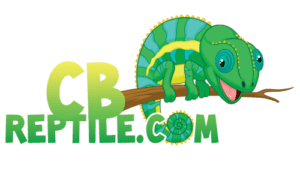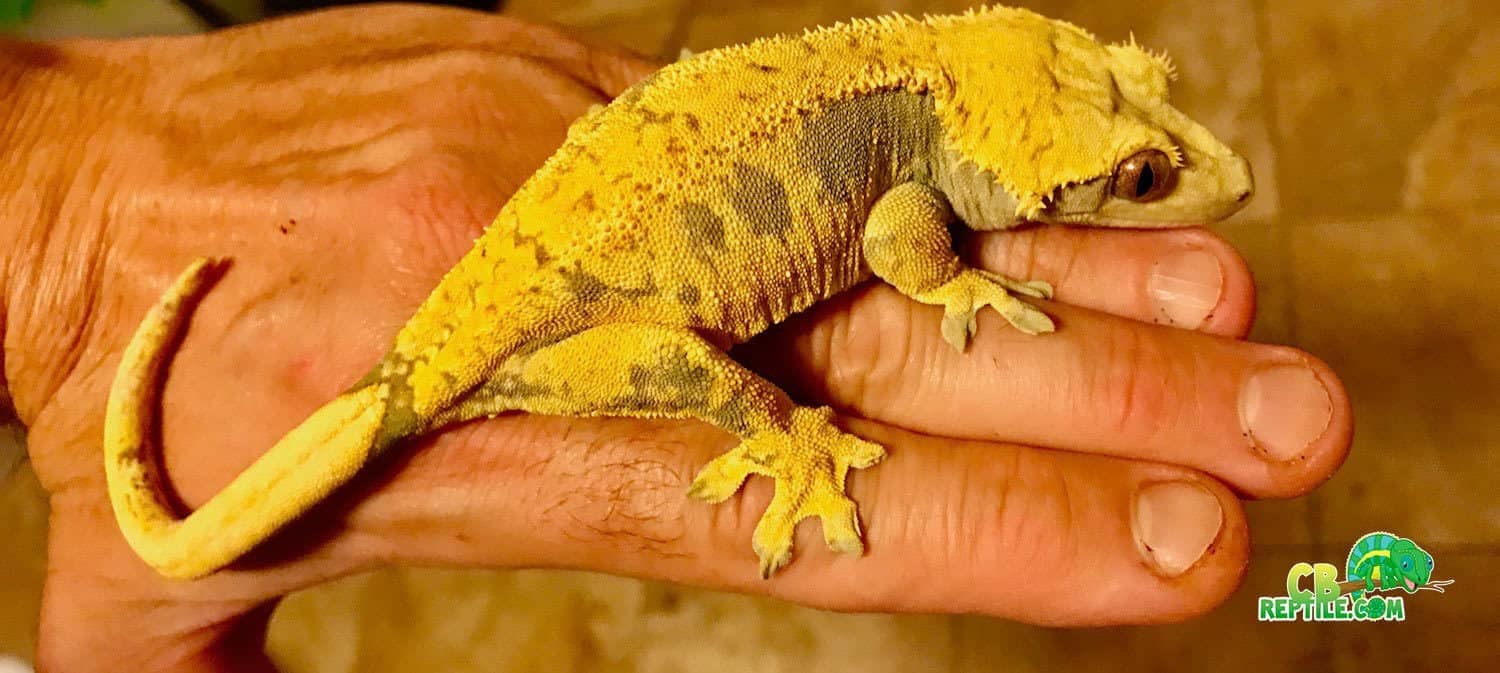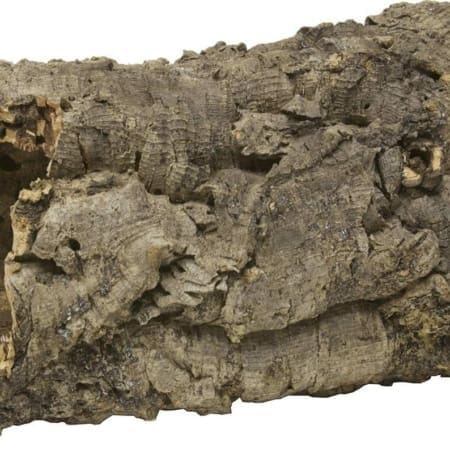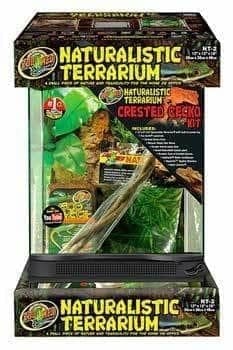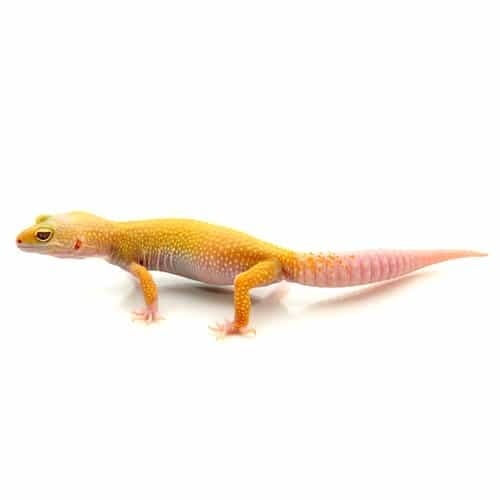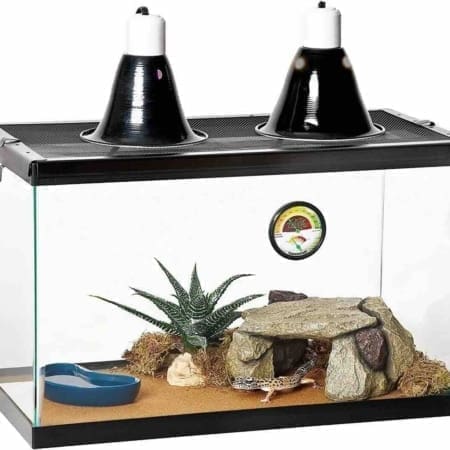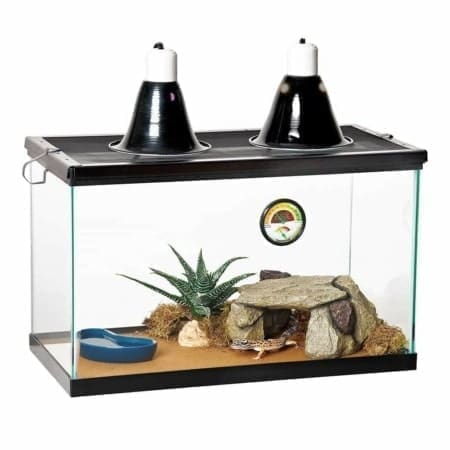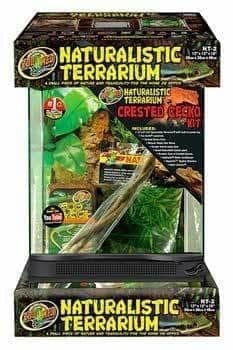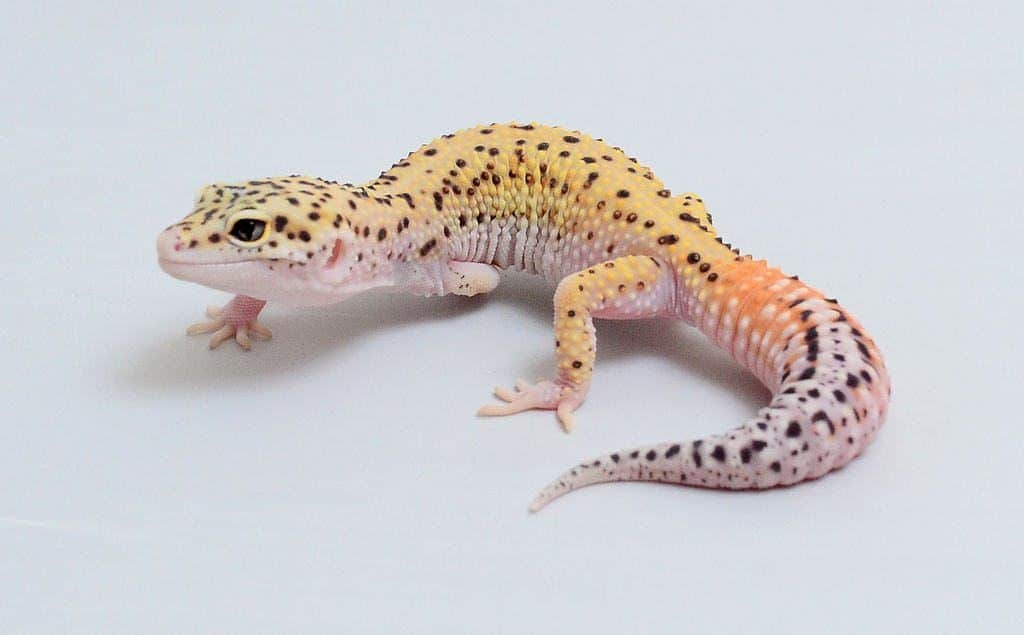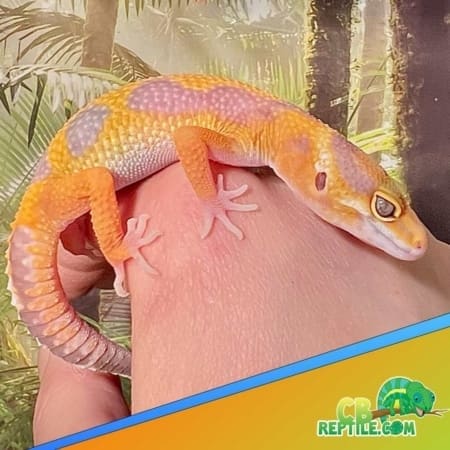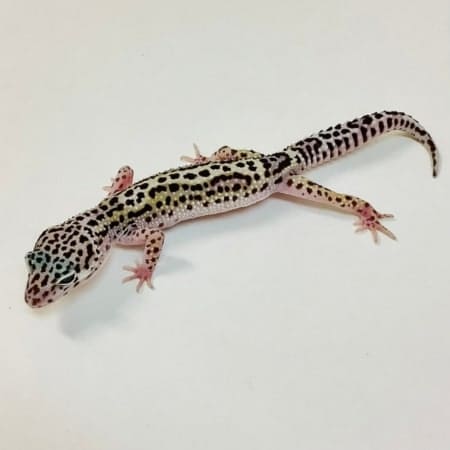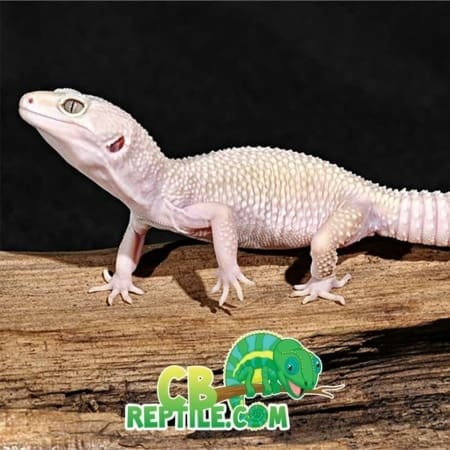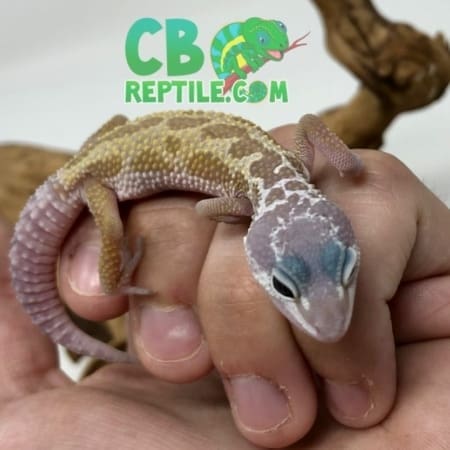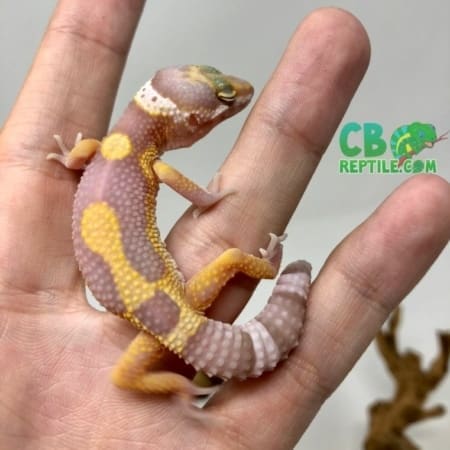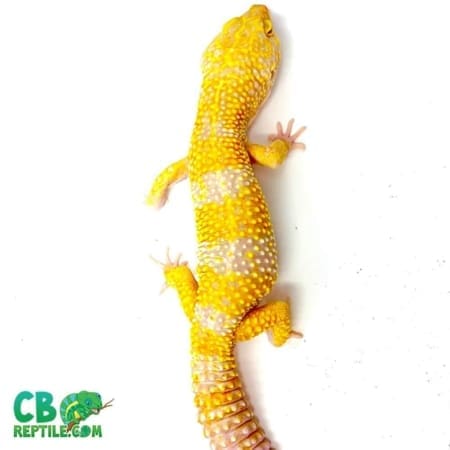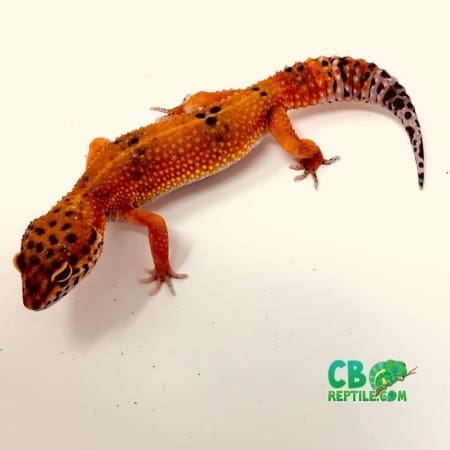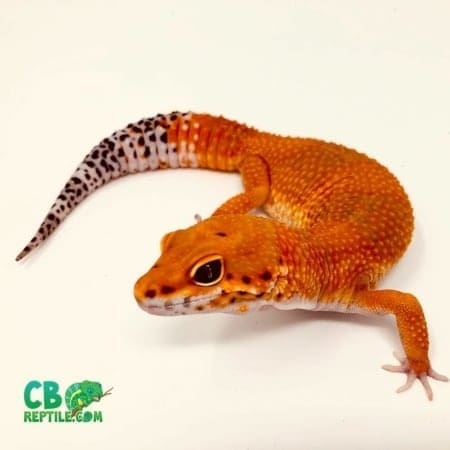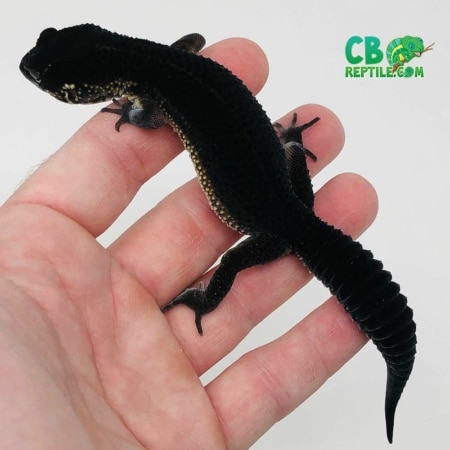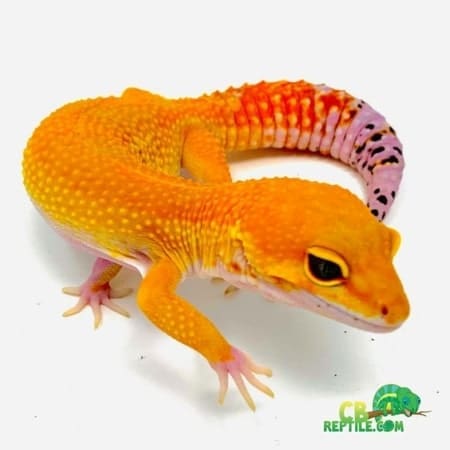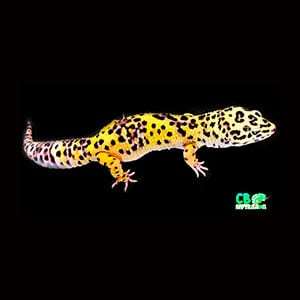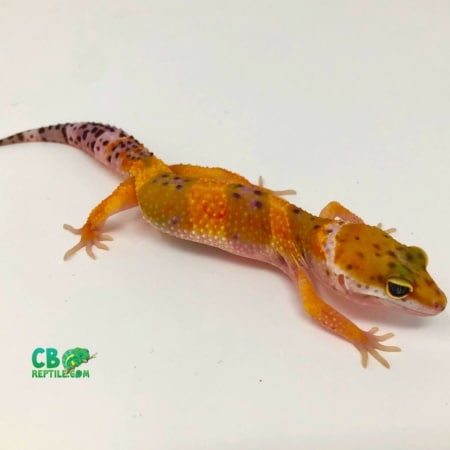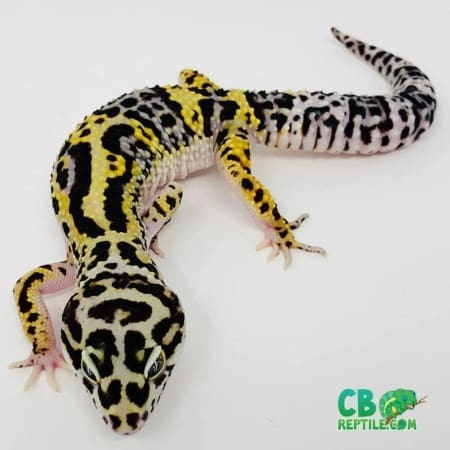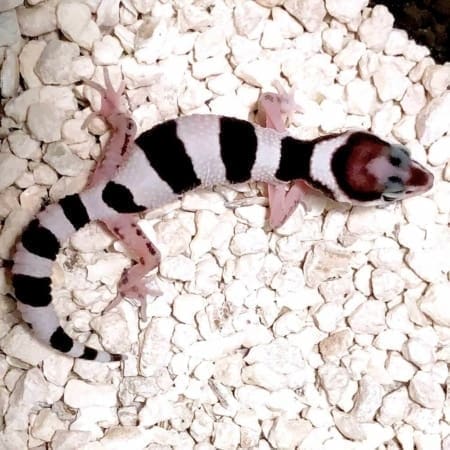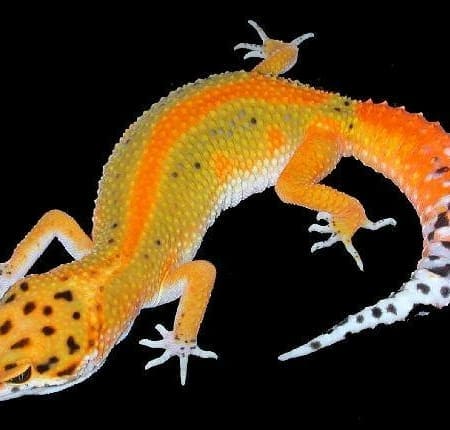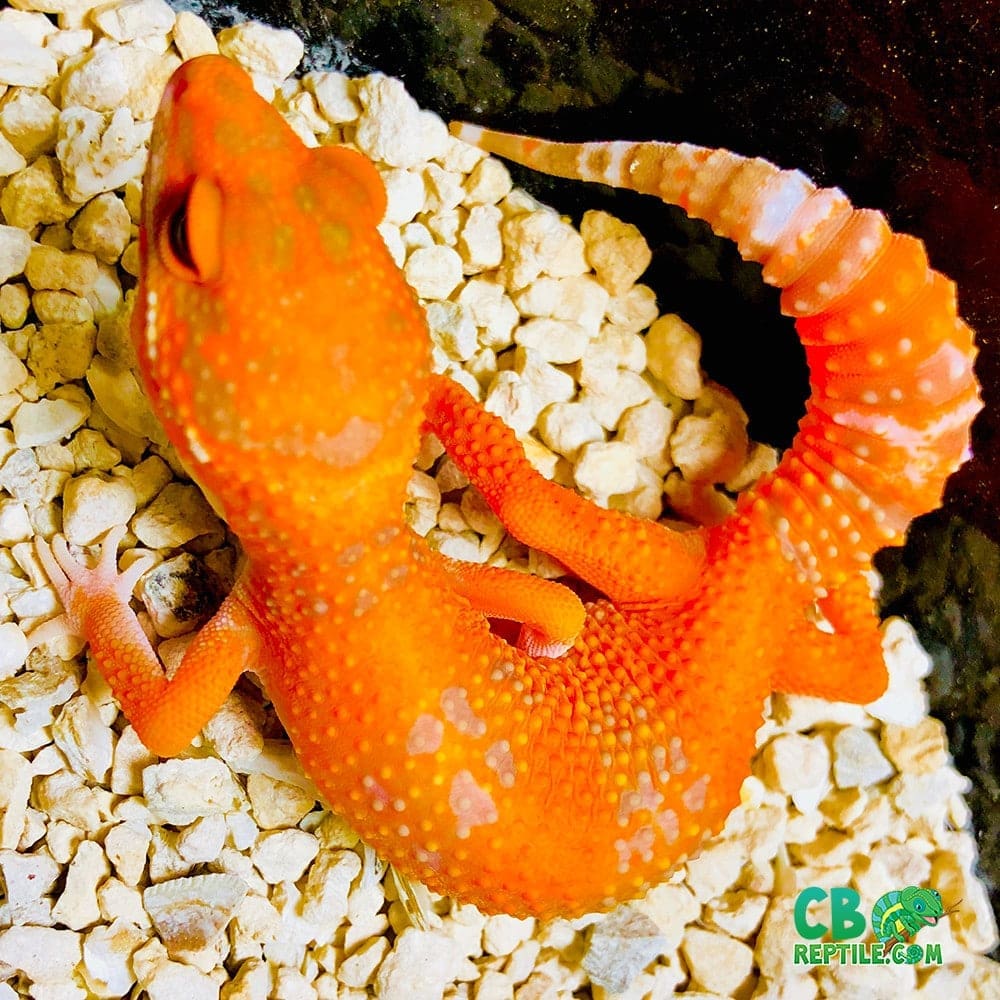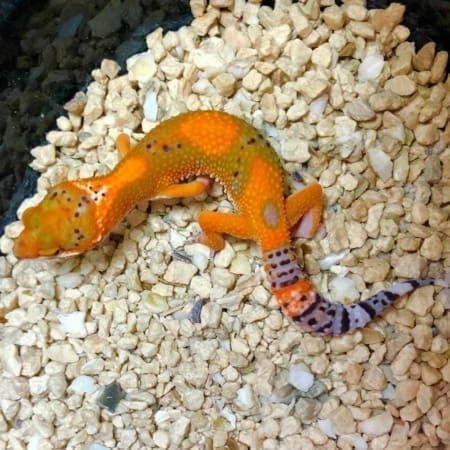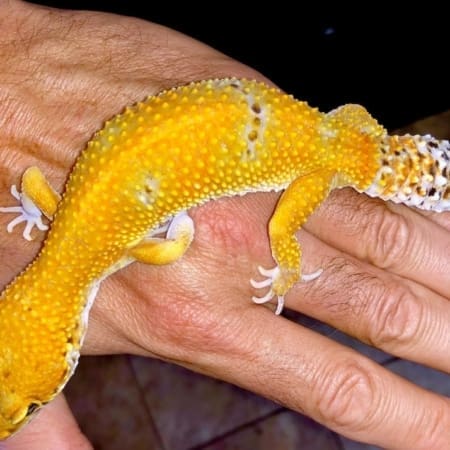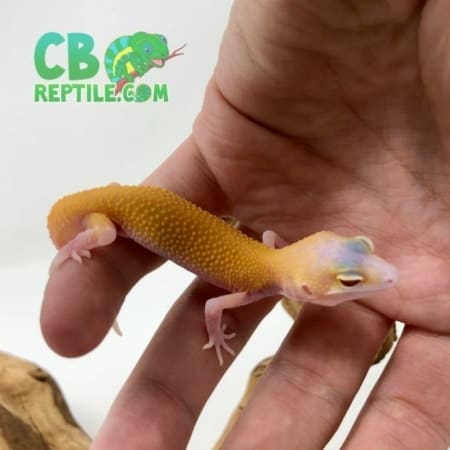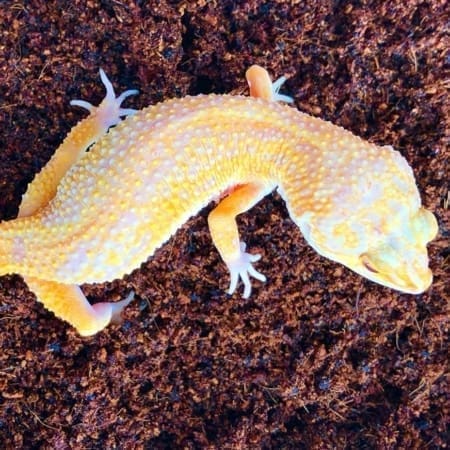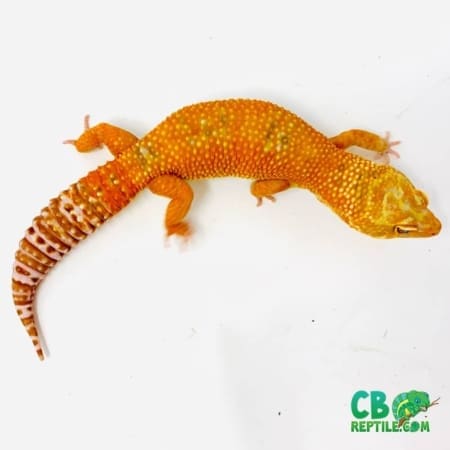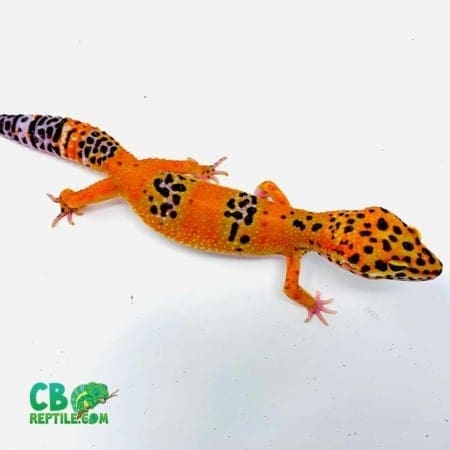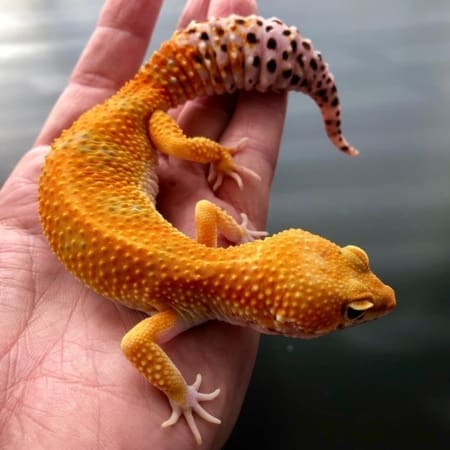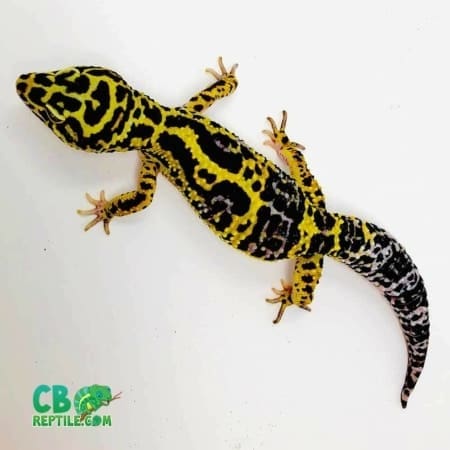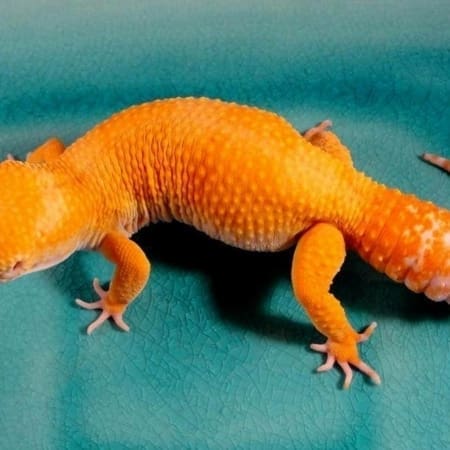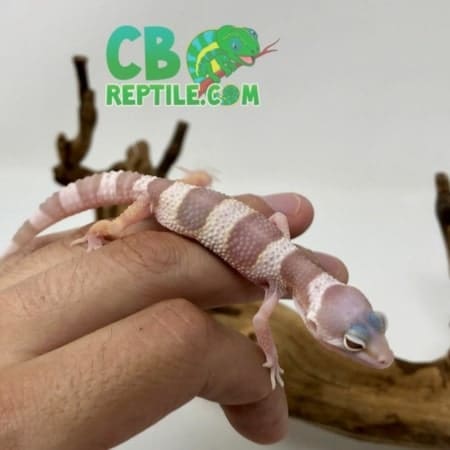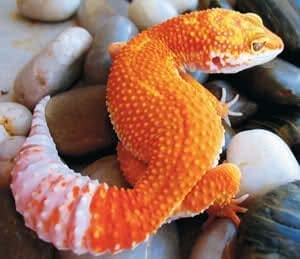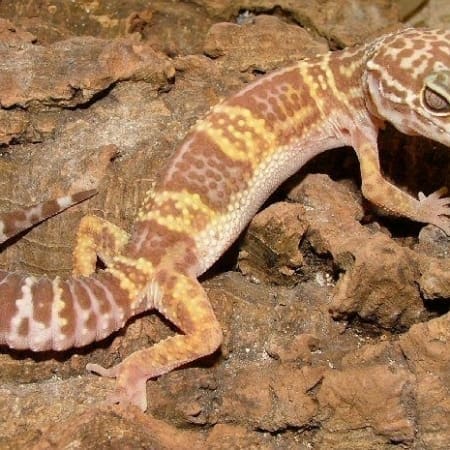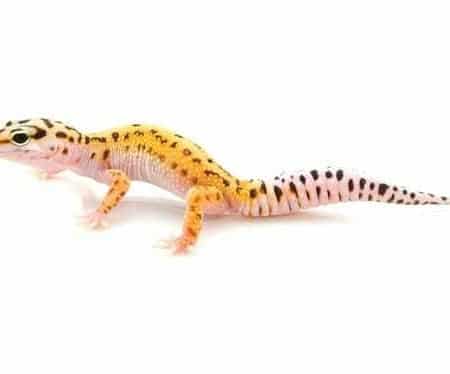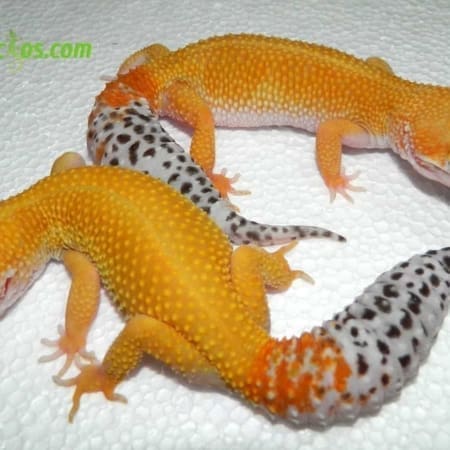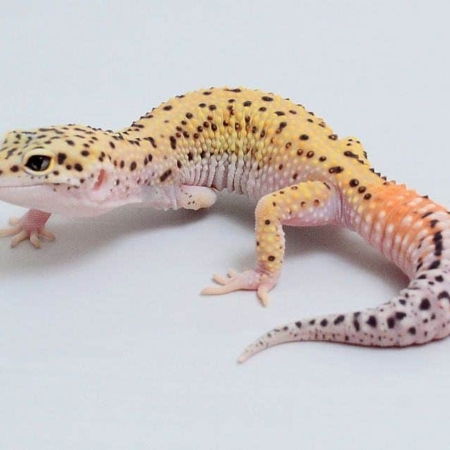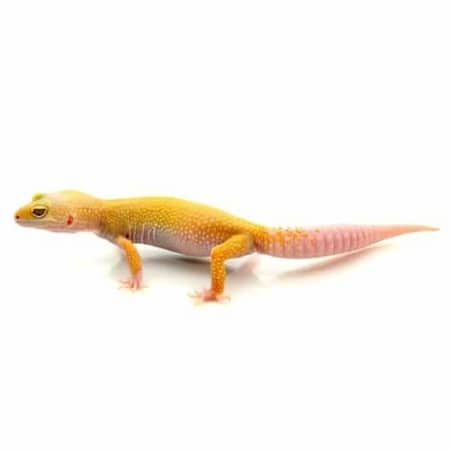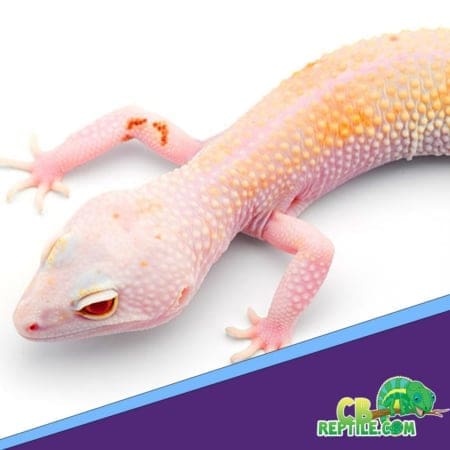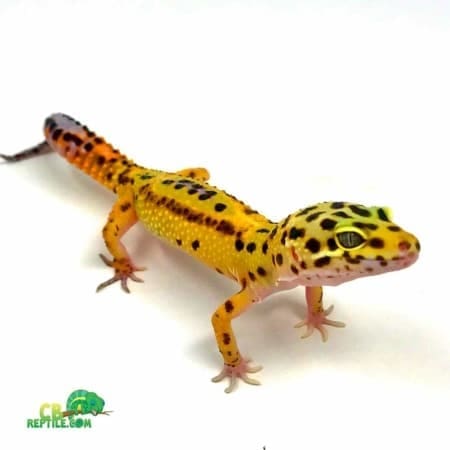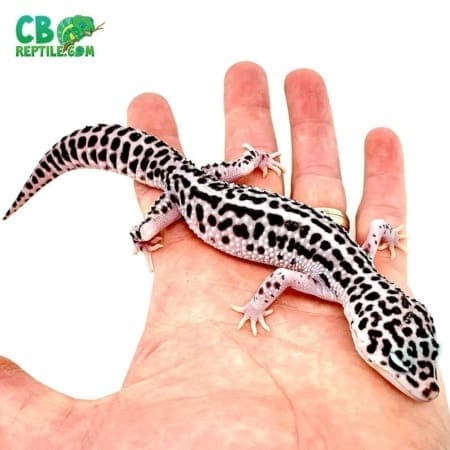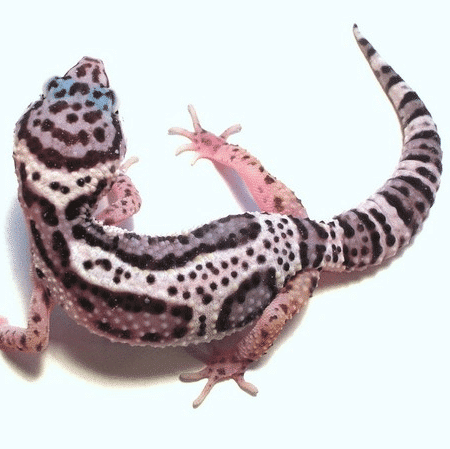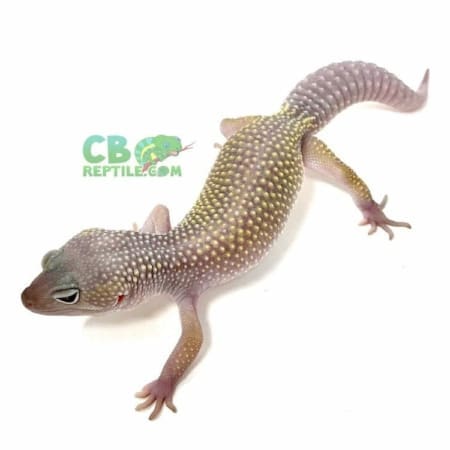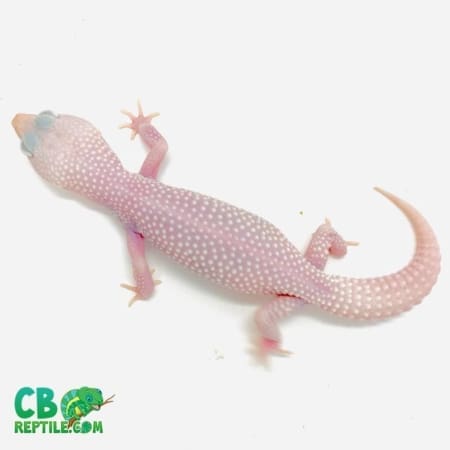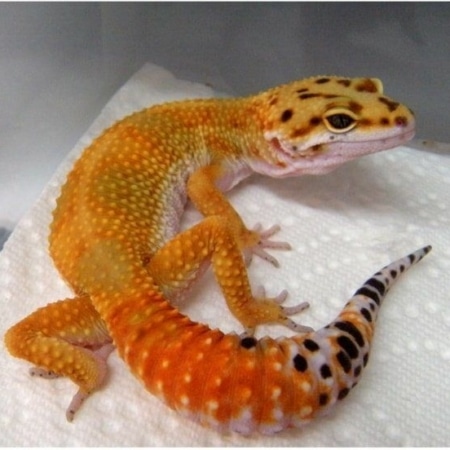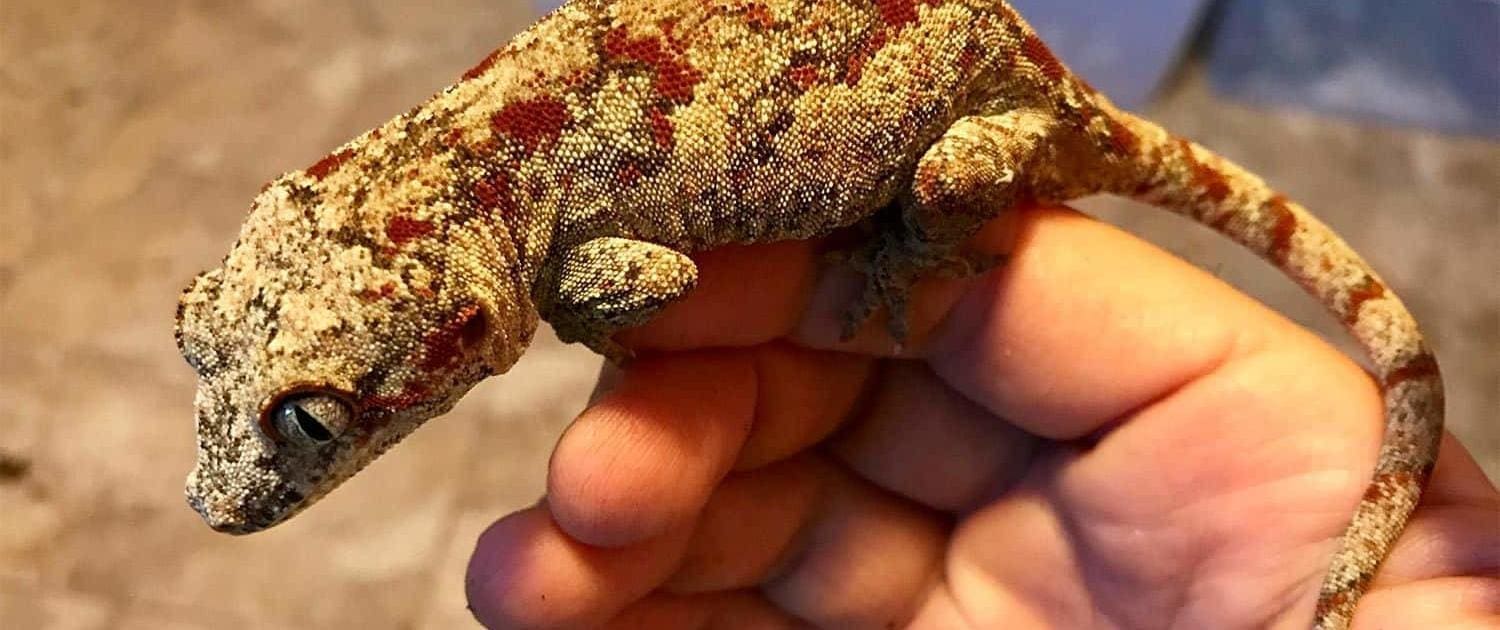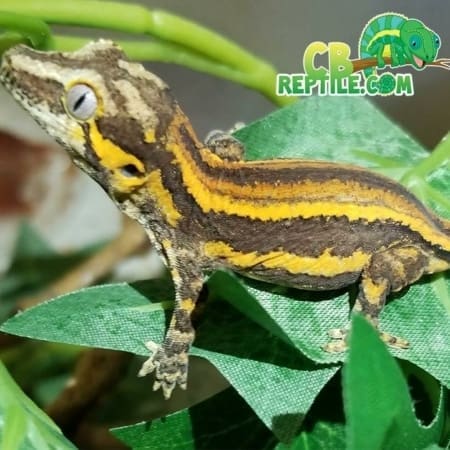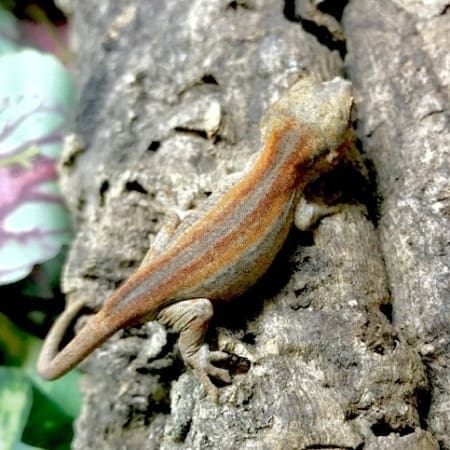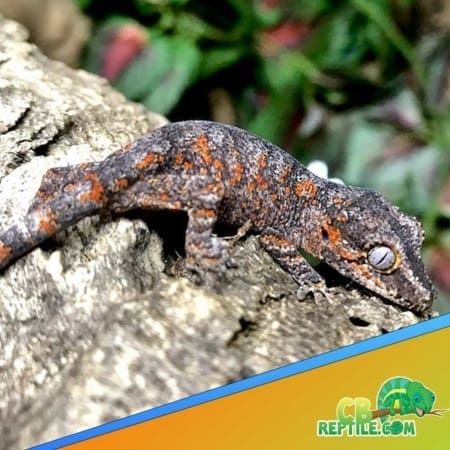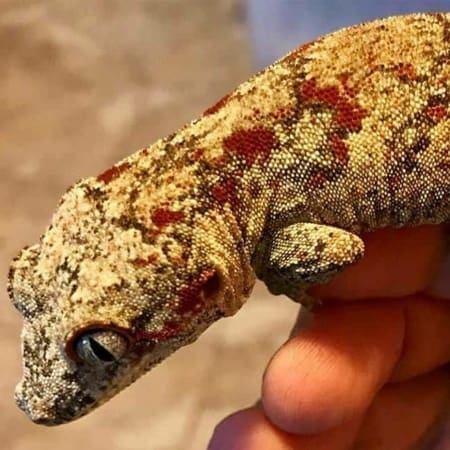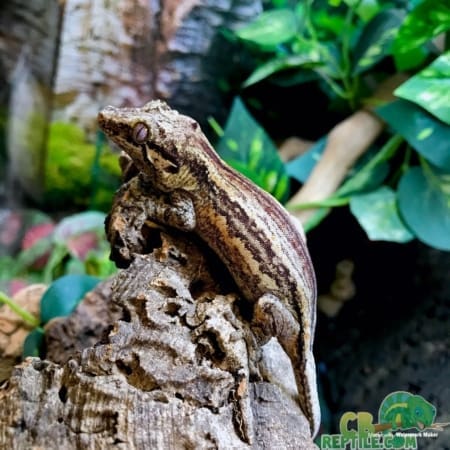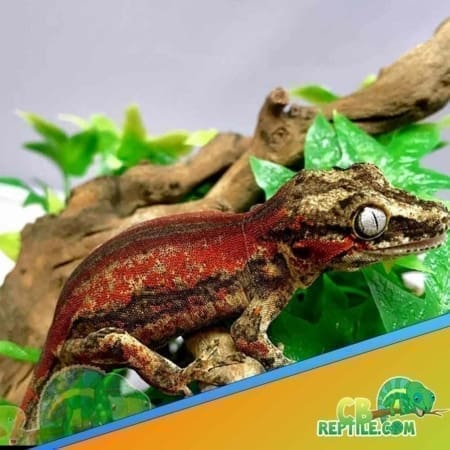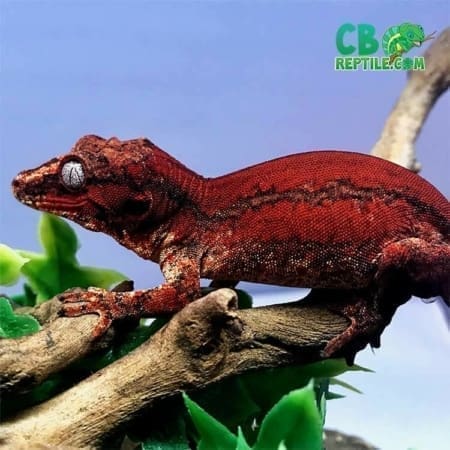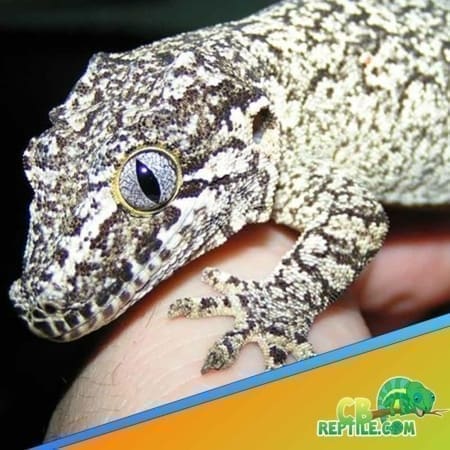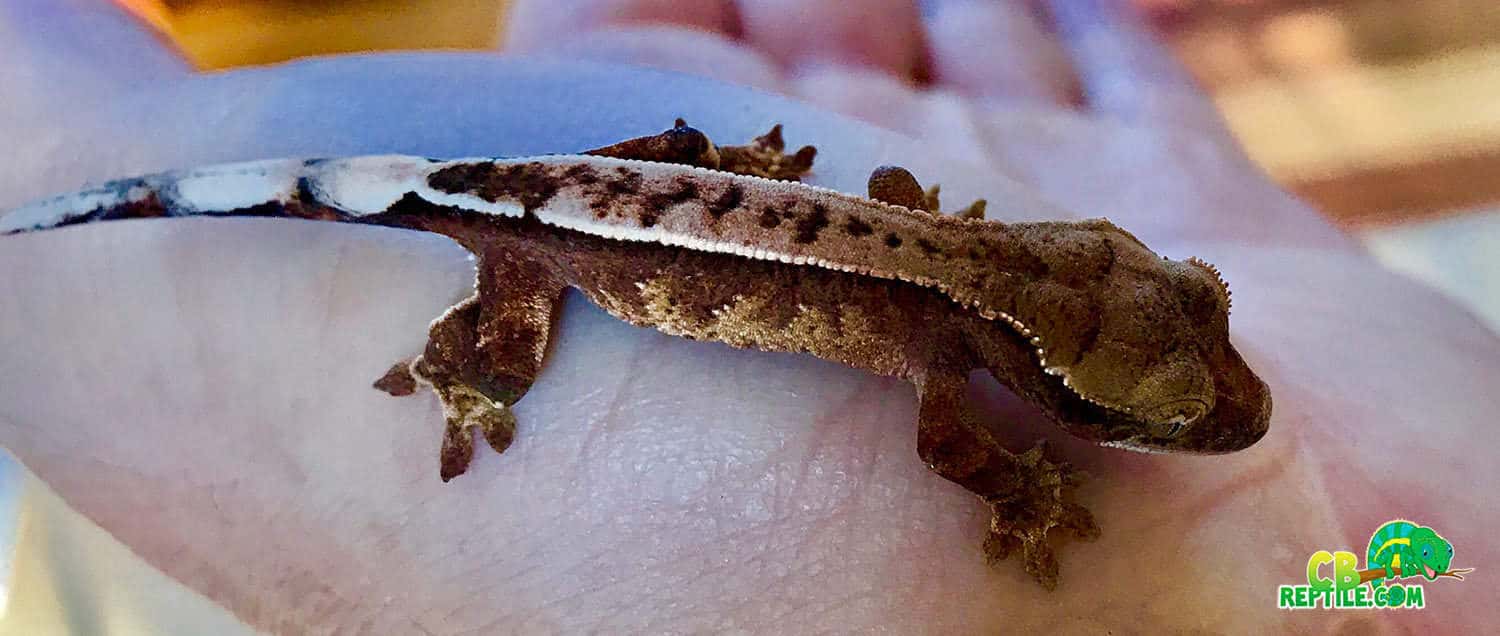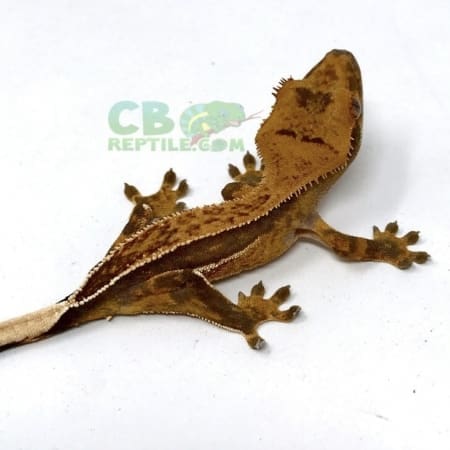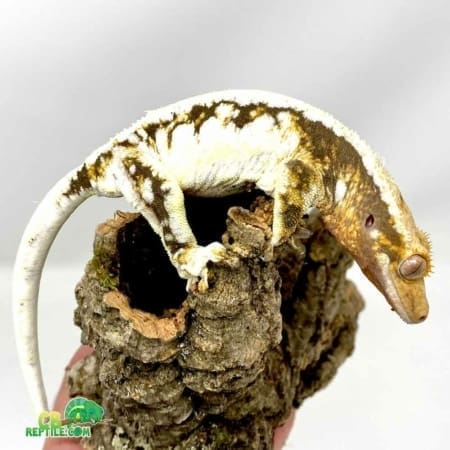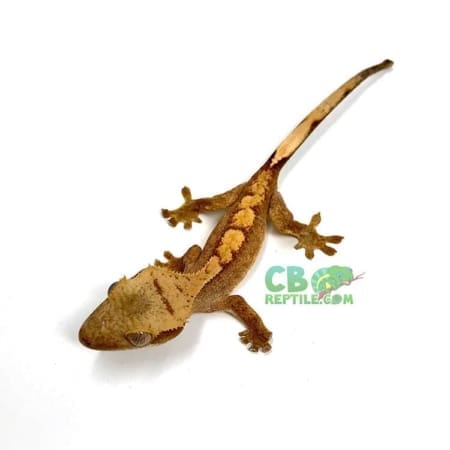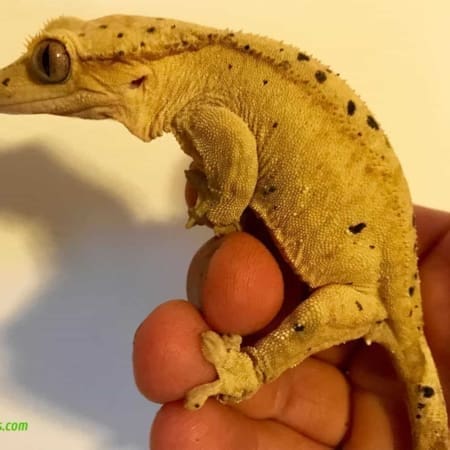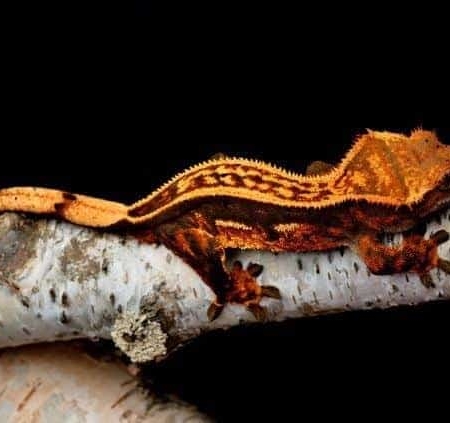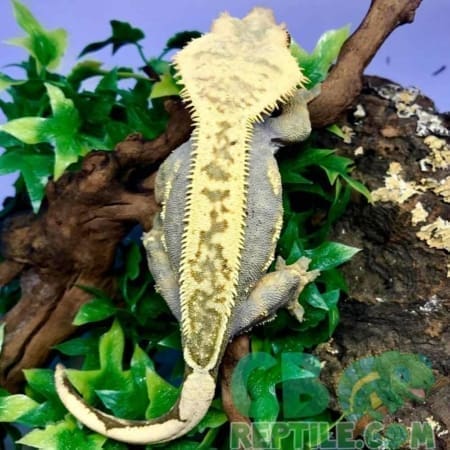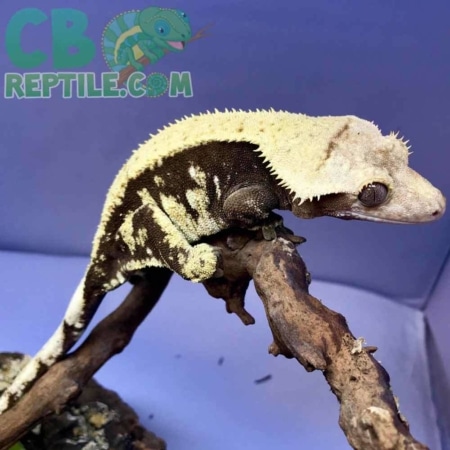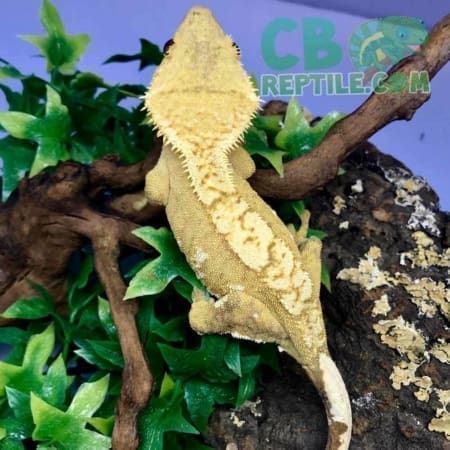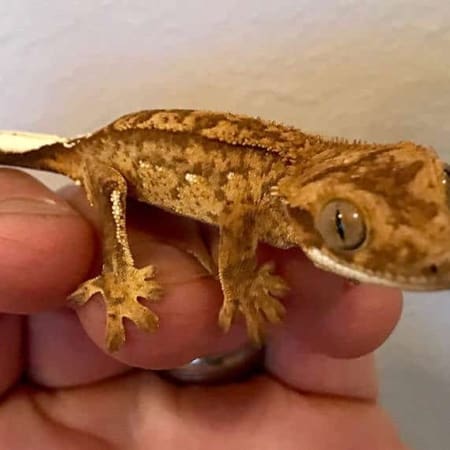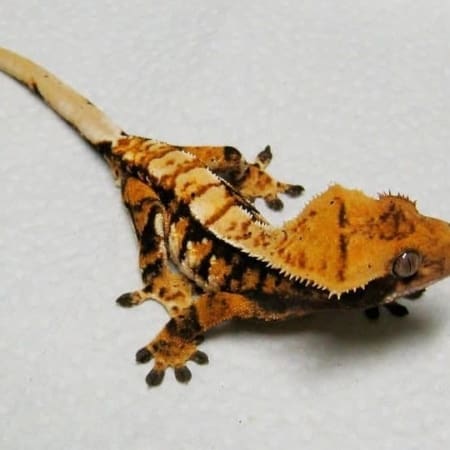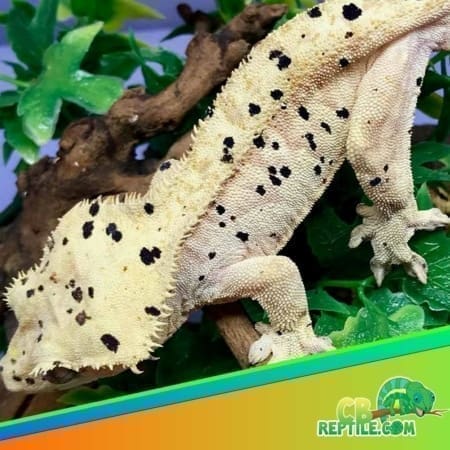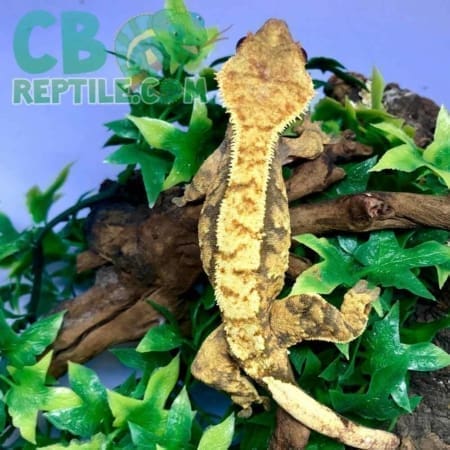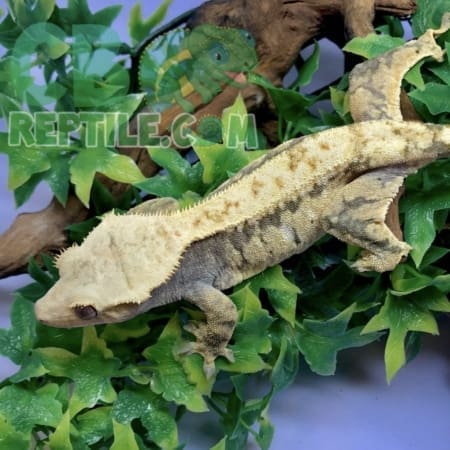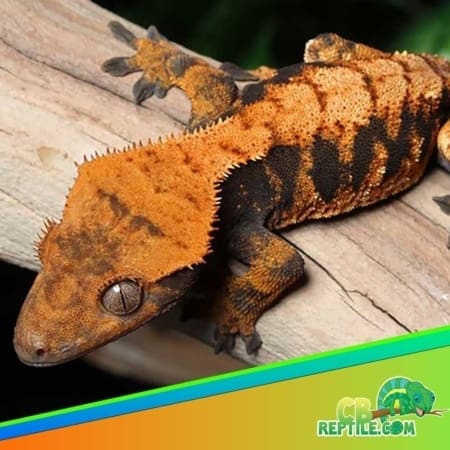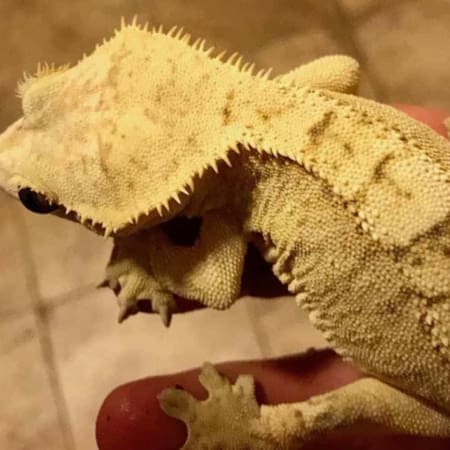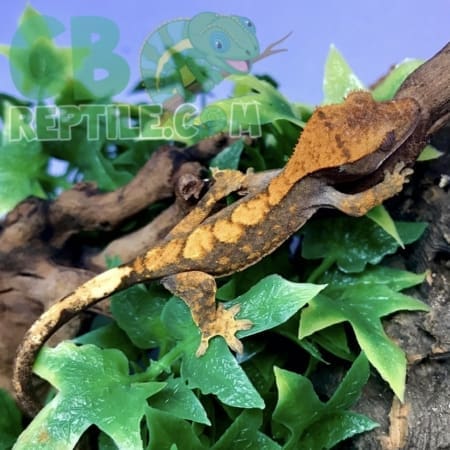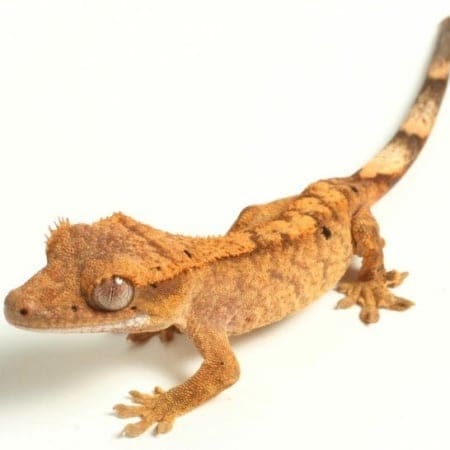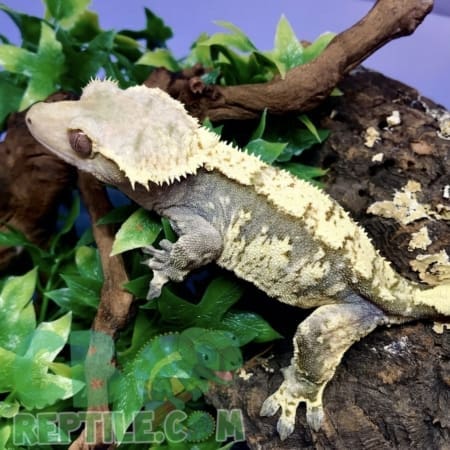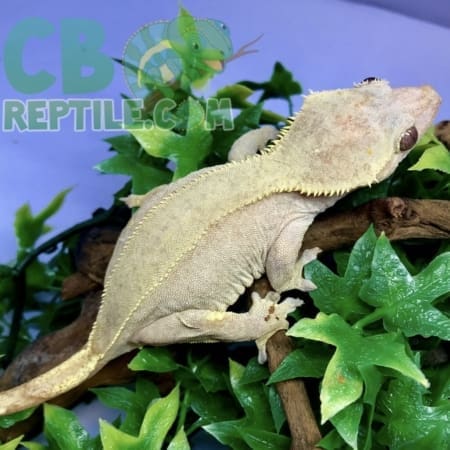Crested Gecko Habitat Guide
Crested Gecko Habitat
Before purchasing your new crested gecko for sale, explore proper crested gecko habitat preparation and provide your new pet crested geckos for sale the best crested gecko terrarium or crested gecko possible.
Baby crested geckos are best housed in large plastic terrariums or in standard (20-inch) 10-gallon reptile tanks with a screen top. An adult crested gecko should be housed in a 20-gallon tank with screen top. Larger tanks will allow for better displays. In areas with moderate to high relative humidity, crested geckos will fare well in screen cages. These tanks have the advantage of being light and easy to clean. You can keep one male and several female crested geckos together. Male crested geckos may fight, particularly when in the company of females, and should not be kept together.
Crested Gecko Lighting and Temperature
Cresteds like all reptiles, are ectotherms (body temperature varies with environmental temperature), so it is important that you provide the proper temperature range (thermal gradient) for activity and feeding. A thermometer is essential for accurate temperature measurements.
Crested geckos are comfortable at temperatures in the range of 78 to 82 degrees F during the day with lows in the 70s at night. In most areas this temperature range will be reached during the warm months of the year without additional heat. In summer, place crested geckos in a cool room if the temperature exceeds 87 degrees. During the winter crested geckos will tolerate night drops into the 60s just do not drop below 60 Degrees F at night.
The easiest way to provide heat is a ceramic heat emitter in a reflector type fixture placed on the screen top over one side of the tank so that the temperature of basking areas (branches) reaches the desired range. You can also provide under terrarium heat with a pad but the vertical design of proper habitat would make it so that is less effective. You must always keep one side of the tank unheated so that crested geckos can choose a cooler area to regulate their body temperature. The use of a subtank reptile heat pad or heat tape under one side of the tank can be regulated by a thermostat.
If you have live plants in your vivarium additional light can be provided by a fluorescent bulb running the length of the tank. Crested geckos tend to rest in foliage or shelters during the day and are active at night. They do not require UVB light if fed a diet that contains Vitamin D3. Turn off lights at night.
Crested Gecko Substrates
Crested geckos spend most of their time above ground so a variety of substrates can be used. For simple maintenance purposes, reptile carpet is attractive and easily cleaned. For a more naturalistic look, a peat-moss-based soil mix that doesn’t contain perlite will work well. Coir (coconut fiber pulp now sold in reptile stores as compressed bricks) mixed 50 percent with soil is a good choice for growing live plants.
Crested geckos feel comfortable resting in foliage and like to climb on wood. Good landscape materials include cork bark sections for vertical and ground level shelters and climbing areas. Dried wood branches angled across the length of a vivarium provide resting and activity areas. Do not over clutter the tank. Leave plenty of open space. Live or artificial plants in combination with wood and bark will provide the security crested geckos need to rest in the open and add a decorative element to the display. Good plant selections include small Ficus benjamina, Dracaena spp. and Pothos.
Crested Gecko Feeding
In this author’s opinion, the complete powdered diet Pangea brand “Crested Gecko” Diet has played a key role in making these among the most popular of lizards kept as pets, because it excludes the need to feed live insects. Crested geckos thrive when fed this diet exclusively, which has been tested with thousands of geckos for more than 10 years. The diet is mixed with two parts water and offered in shallow dishes three times a week as much as these geckos will eat at a feeding. The diet is allowed to remain 24 to 36 hours before removal.
In addition to fruit, crested geckos relish insects and some hobbyists choose to offer these as either a primary diet or as supplementary diet. Crickets now sold in the pet trade are the best choice and you should select a size where length of cricket equals width of head. Crickets should be lightly coated with a vitamin/mineral supplement that contains calcium, vitamin D3 and a complement of other essential vitamins and minerals. They should be offered three times a week as a primary diet or once a week as a treat/supplement to the Crested Gecko Diet.
Crested Gecko Water and Humidity
Water should always be available for crested geckos in a shallow water dish. These geckos also require a relative humidity of at least 50 percent and preferably 70 percent. In dry areas the tanks should be lightly misted nightly or a cool air humidifier placed in the room. Inexpensive hygrometers (relative humidity gauges) for use with reptiles are now readily available in the pet trade.
Crested Gecko Tails
In nature, crested geckos will usually lose their tails and end up with a tiny pointed tail nub. “Taillessness” is a normal condition for adults crested geckos. In captivity, hobbyists like their crested geckos with tails, but this requires keeping animals individually and pampered to prevent tail loss. Even then it happens, oh well :( They are still super cute!
Crested Gecko Handling and Temperament
Newly purchased crested geckos should not be handled, but first allowed to settle in for three to four weeks to let them adjust to their new environment and to make sure they regularly feed. When you start handling your crested gecko, make handling sessions short, no more than five minutes. Baby crested geckos tend to be flighty and can be injured in the course of handling. For this reason you should wait until they are at least 3 inches SVL before handling. Crested geckos seldom bite and when they do it is of little consequence. A quick nip and let go.
Leopard Gecko Habitat Guide
Leopard Gecko Habitats
Before purchasing your new leopard gecko for sale, do your homework on proper leopard gecko care including habitat setups! We have some really nice and discounted packages that contain everything you need to setup your leopard gecko properly. To view our leopard gecko habitat selection of leopard gecko terrariums and more, click here.
1. Leopard gecko Safety concerns: Using slate/ceramic tiles, there is zero impaction risk. Unlike sand and other loose substrate, tiles won’t get ingested by geckos. Too often people mistaken leopard geckos with other sand lizards. Leopard geckos are arid creatures, they do not live in sand, they actually live in rock crevices and burrows. So slate/ceramic tiles would feel more natural to them than sand substrate. Also make sure there is nothing too tall that can allow them to fall hard onto the ground. Leopard geckos do not have sticky pads on their toes (unlike crested geckos), so you want them to be able to reach down to the ground from the highest point of your decorations. Never design a cliff because they often will take the hard way down even if you have a ramp. Falling on their stomach, it could cause internal bleeding and possibly death.
Those utilizing loose substrate such as Eco Earth Coconut Fiber throughout the whole tank should reconsider. Not only do they pose impaction risk, they will raise the humidity inside the tank above safety levels. High persistent humidity will cause upper respiratory infection in leopard geckos. Leopard geckos only require 20%-40% humidity. Coconut fiber should only be used within the moisthide, this way humidity is controlled, and it lessens the impaction risk because your gecko won’t be feeding inside the moisthide. So while we highly recommend Eco Earth coco fiber as moisthide substrate, we do not recommend using it as the general tank substrate throughout the whole tank.
2. Overall focus should be on how to maintain proper Cleanliness – Slate/ceramic tiles are easy to spot clean, so it’s very easy to keep their environment clean. They also last forever. Sand and even repti carpet can trap bacteria, it’s very hard to keep their environment clean when those substrate are designed to hide away the mess. Paper towels are often used as a temporary substrate, they work very well since you can simply replace the paper towels when they get dirty.
3. Coziness – Having plenty of hides will allow your leopard gecko to feel safe and secure, which in turn gives them less stress. They can choose where they want to lay in, they can also thermoregulate their own body temperature. This is why there is a warm hide above the under tank heating pad, a cool hide on the opposite side, and a moist-hide somewhere in the middle. You want your gecko to feel comfortable, it’s a place they’ll be living in for a very long time. While these tanks won’t be winning any beauty awards (we basically used what we had available at the time), they are designed with leopard gecko’s well-being in mind.
Leopard Gecko Diet
Leopard Gecko Diet
Leopard Gecko Food is primarily always going to be Live insects as they do not eat plants or veggies. The best items to use are mealworms or crickets, but you cantreat your pet to waxworms or superworms once a week if you wish. Avoid feeding leopard geckos pinky mice. It is important to always dust your leopard geckos diet with calcium with vitamin d3. It is important for the leopard gecko to eat a variety of guy loaded insects, meaning you will be feeding the insects a high quality diet rich in vitamins and minerals and the leopard geckos will get their needed nutrition from eating the properly “gut-loaded” diet you provide.
Before purchasing your new pet leopard gecko for sale online, find the correct leopard gecko breeder (US!) and make sure they only work with captive bred leopard geckos for sale.
Gargoyle Gecko Diet
Gargoyle Gecko Diet
Before purchasing your new gargoyle gecko for sale and finding the best gargoyle gecko breeder (us!) you should also spend some time learning about proper gargoyle gecko care including gargoyle gecko diet. We feed pangea gargoyle gecko food daily ( Pangea gecko fruit mix with insects to be exact) as well as crickets dusted with Reptocal with vitamin D once we week. Below is a more in depth look at some various gargoyle gecko diet options.
A variety of vitamin dusted insects can be fed as an alternative to pre-made powdered gecko diet, but the best part about gargoyle geckos is how easy they are to care for, and having a pre made “just add water” diet option is a primary reason for some reptile enthusiasts for choosing a gargoyle gecko baby as their new pet gecko of choice!
While gargoyle geckos eat crickets with incredible enthusiasm, a diet consisting of only crickets is not a healthy choice. While properly gut-loaded and dusted crickets can be a healthy meal, crickets on their own simply do not have all the nutrients a gargoyle gecko needs. We recommend a varied diet of pangea gargoyle gecko food, or repashy gargoyle gecko food, mixed wit water to baby food consistency, fed every other day and a weekly offering of some gut loaded and calcium/vitamin dusted insects.
Crested Gecko Diet
Crested Gecko Diet
Before purchasing your new crested gecko for sale and finding the best crested gecko breeder (us!) you should also spend some time learning about proper crested gecko care including crested gecko diet. We feed pangea crested gecko food daily ( Pangea gecko fruit mix with insects to be exact) as well as crickets dusted with Reptocal with vitamin D once we week. Below is a more in depth look at some various crested gecko diet options.
A variety of vitamin dusted insects can be fed as an alternative to pre-made powdered gecko diet, but the best part about crested geckos is how easy they are to care for, and having a pre made “just add water” diet option is a primary reason for some reptile enthusiasts for choosing a crested gecko baby as their new pet gecko of choice!
While crested geckos eat crickets with incredible enthusiasm, a diet consisting of only crickets is not a healthy choice. While properly gut-loaded and dusted crickets can be a healthy meal, crickets on their own simply do not have all the nutrients a crested gecko needs. We recommend a varied diet of pangea crested gecko food, or repashy crested gecko food, mixed wit water to baby food consistency, fed every other day and a weekly offering of some gut loaded and calcium/vitamin dusted insects.
